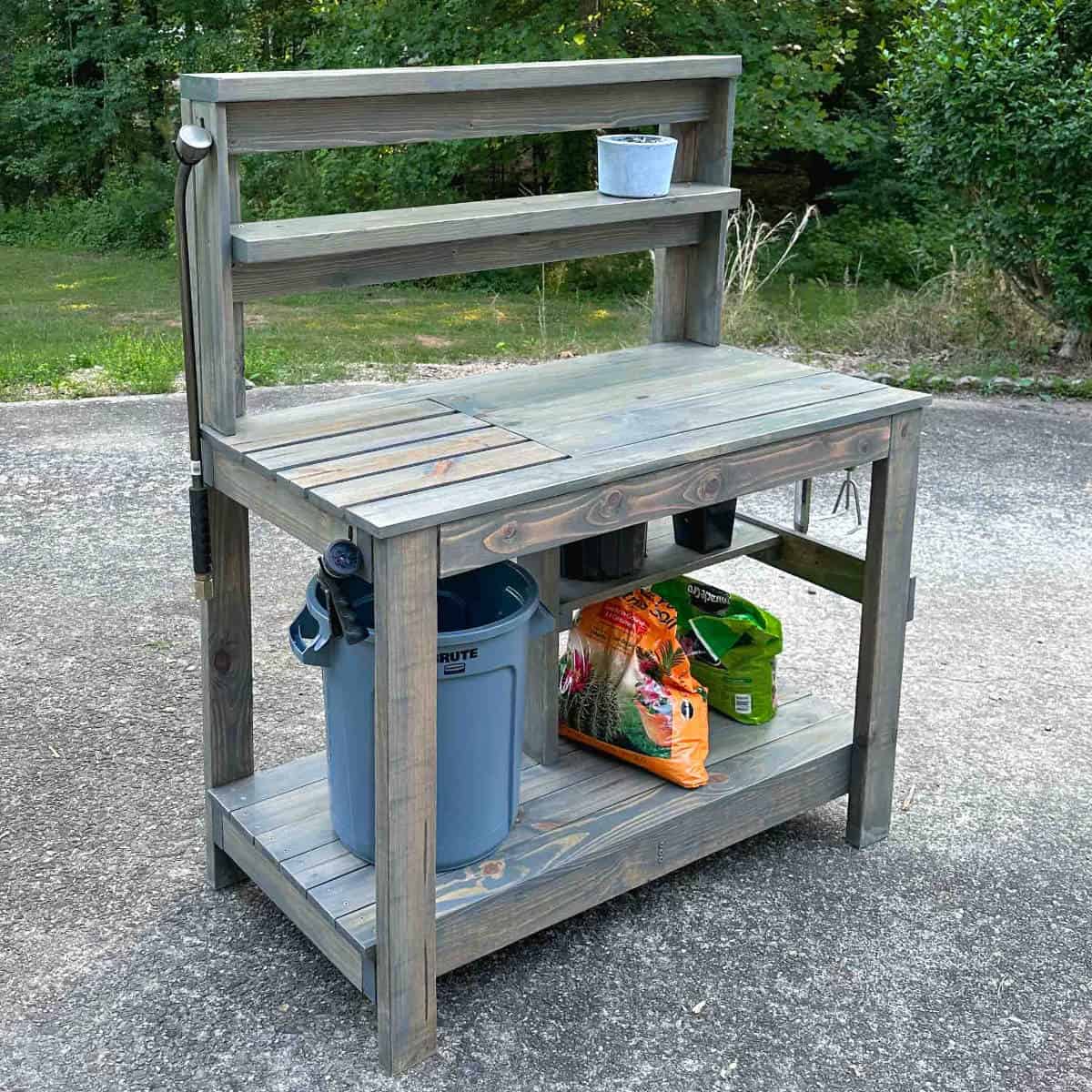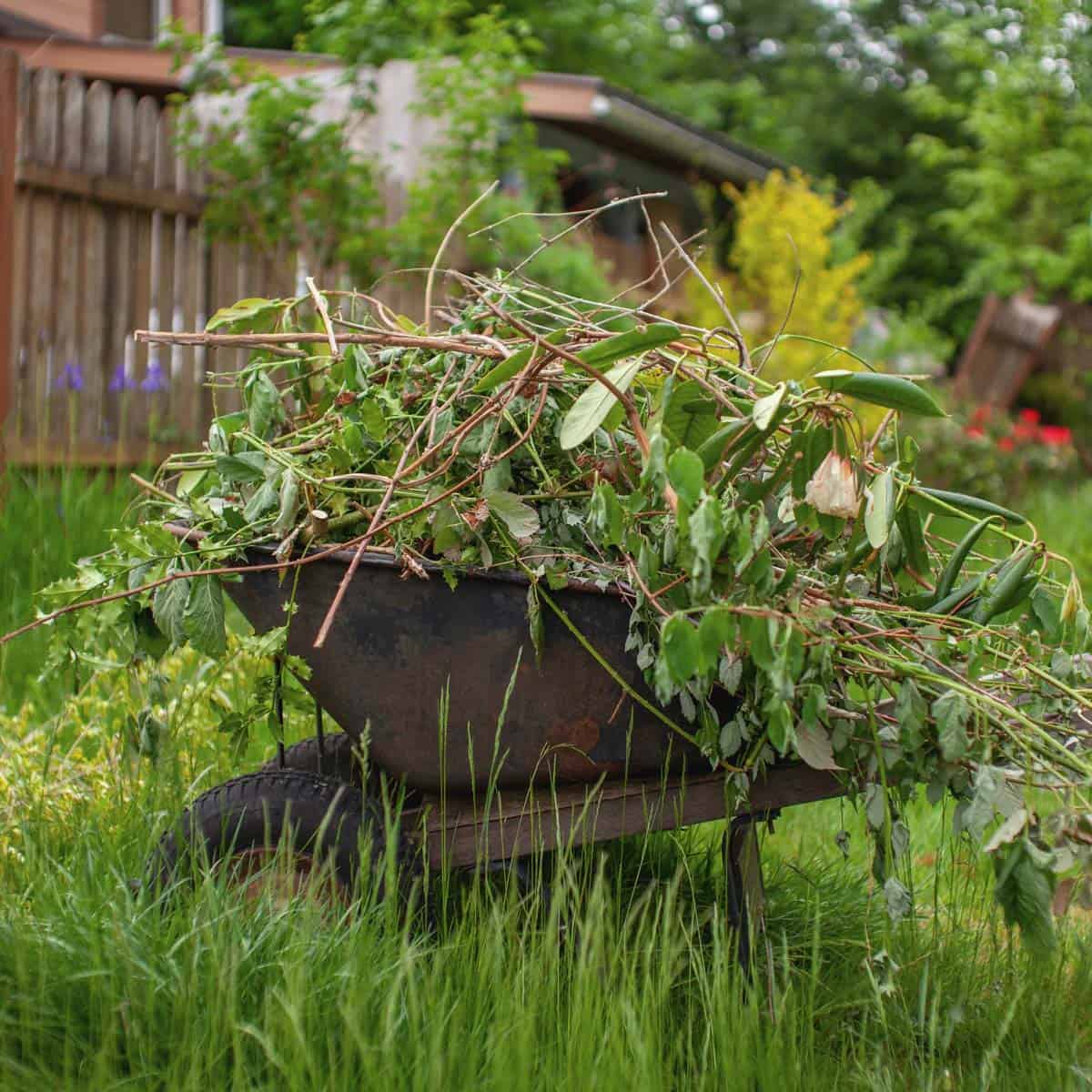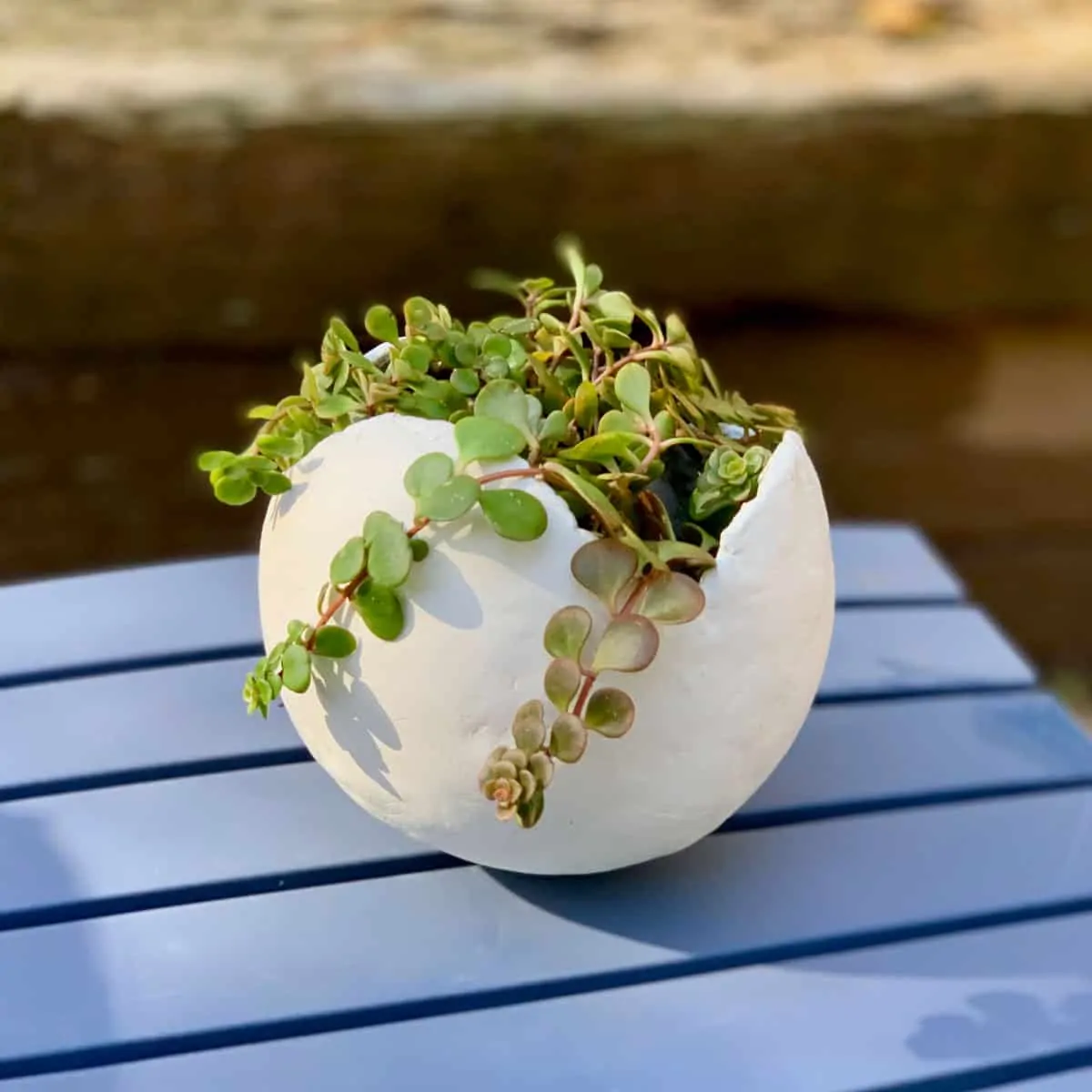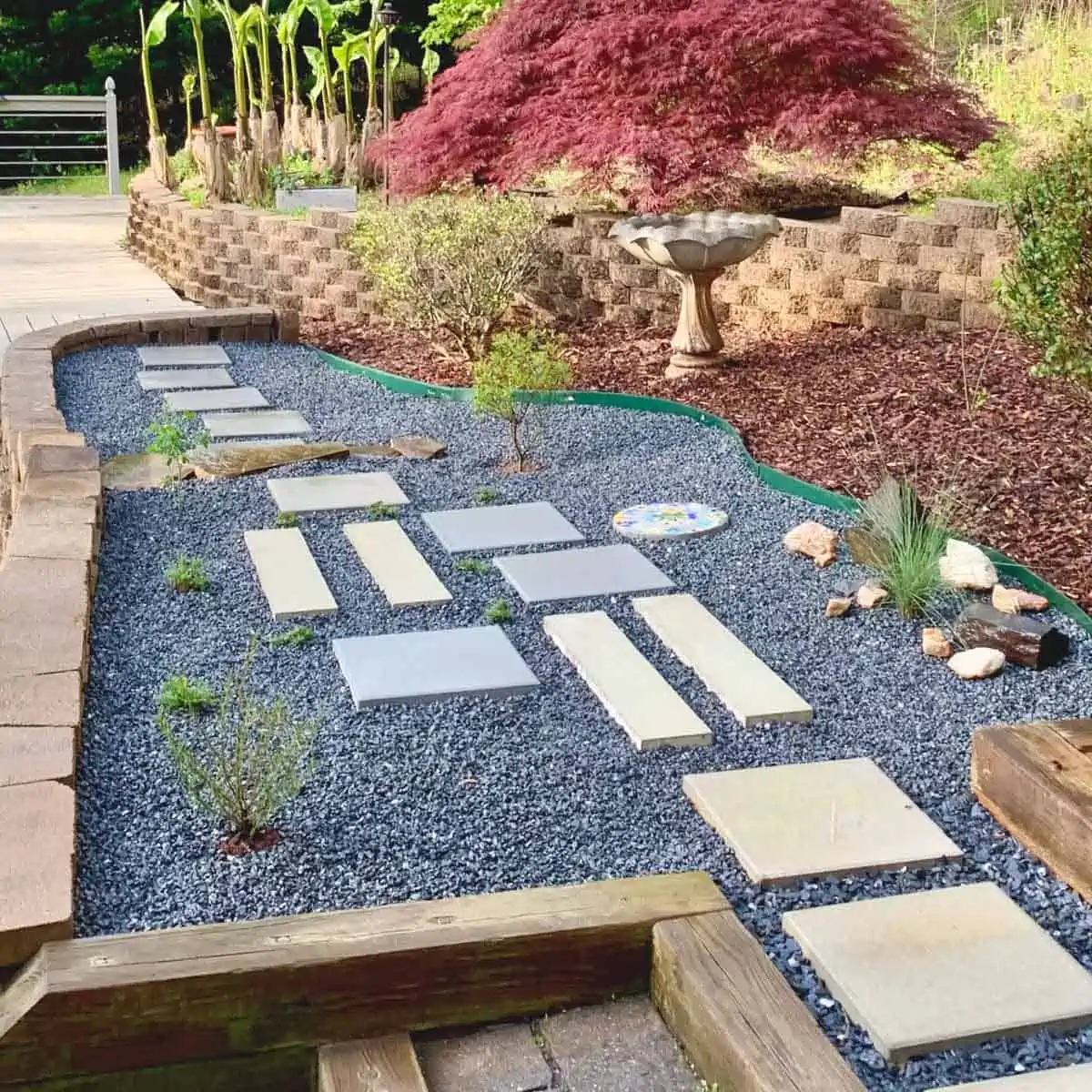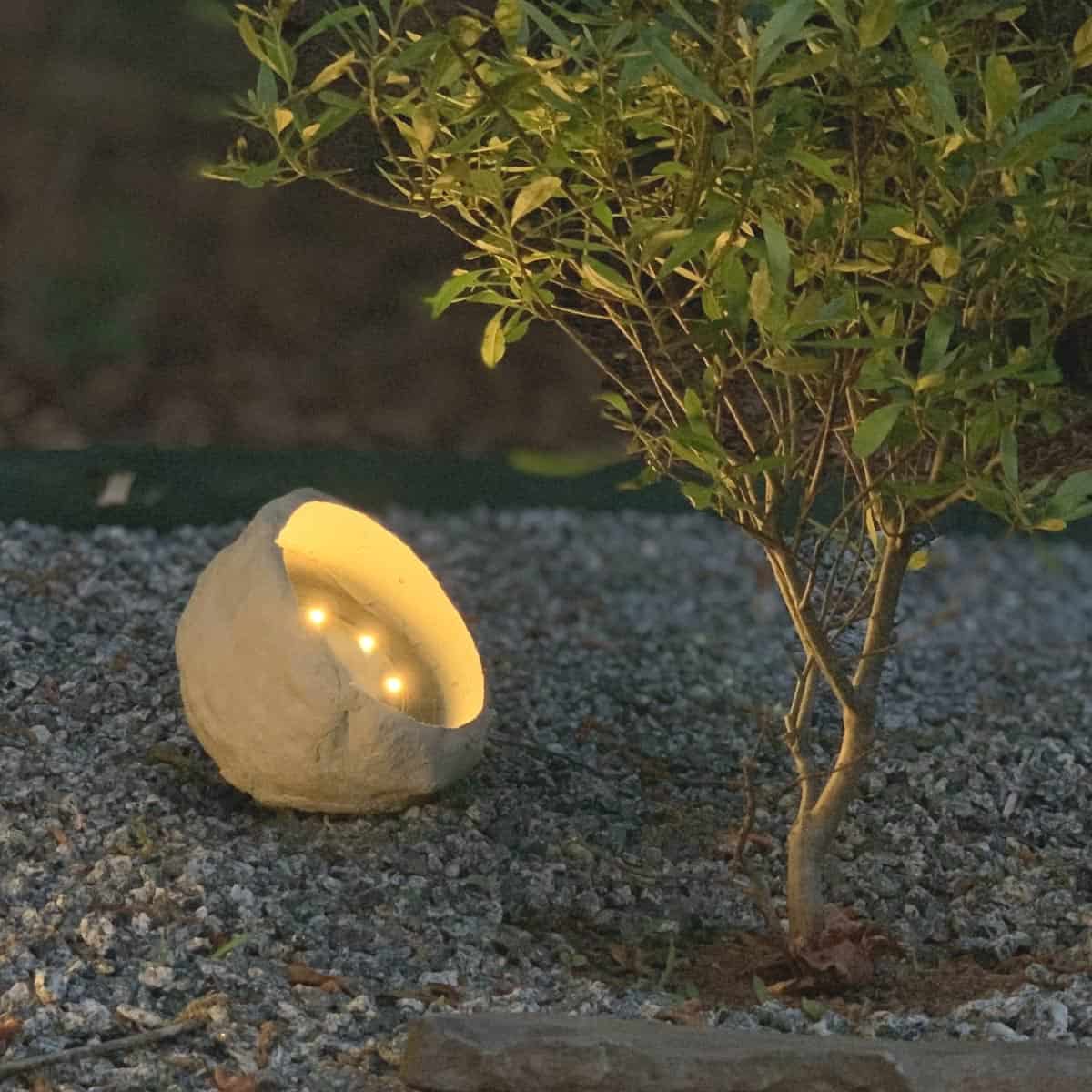What To Do With Perennials In The Fall
Prepare your perennials in the fall with these essential tips to get the most out of your flowers in the spring.
Just follow this simple maintenance guide to learn how to care for them this fall. This will help ensure the brightest blooms this spring!
Autumn is not only a more enjoyable time to spend outdoors but also a good time to work on your perennial plants. And it’s okay if you don’t know what to do with perennials in the fall.
As the cooler weather and shorter days of autumn approach, now is the time to begin preparations for your perennial garden.
From cutting back, dividing, mulching, and transplanting existing plants to planting new ones. These steps will help enhance your garden’s beauty and provide shelter for wildlife.
Here’s a look at which perennials to trim, the best time, and how to cut them back.
What You Should Do With Your Perennials In The Fall

When To Cut Back Perennials
You don’t have to pull out the clippers at the first frost or sign of cooler weather. Wait until there have been a few hard frosts, especially those frost-sensitive plants.
Make sure they’re dormant before cutting them back. If the flowers or leaves are dead, you may be itching to cut them back.
However, the roots often reclaim energy from the dead bits, which helps for healthy and new growth in the spring.
When cutting back perennial flowers, it’s important to use clean, sharp tools to avoid damaging the plant.
How To Cut Back Perennials
Once you’ve had several hard frosts, remove spent flowers and old stems by cutting the stems off near the base of the plant.
Allow the crown (base of the plant) to remain. This allows for some insulation and protection and makes them easier to find the in t following spring.

Begin by trimming back any dead or damaged foliage, making sure to cut at a 45-degree angle just above a healthy leaf or bud.
Next, cut the stems down to a few inches above the ground, leaving some foliage intact to help with photosynthesis and nutrient storage.
Bypass pruners are often preferred as they make a clean cut through the stem. Anvil pruners, on the other hand, leave more damage behind.
Some perennials, specifically late summer or fall varieties, may already start to form leaves for the next year at the base of the plant.
When cutting back these, be sure to leave these bits of green. Examples of plants that may do this include yarrow, foxglove, and globe thistle.
Once you’re done cutting back your plants, apply light mulch. Wait until the spring to feed.
Perennials To Cut Back In The Fall
While you should cut back some perennials in the fall, there is a decent variety that should, as they are more susceptible to problems if the old foliage is left to rot.
Diseases, slugs, and other pests can overwinter in dead foliage.
You should prune foliage down to just a few inches from the ground for these.
Also, remove any dead foliage and debris, as this helps prevent disease and rot when spring comes back around.
If any of your perennials are diseased, cut the foliage all the way down to the ground, and don’t compost it.
The plants that do benefit from being cut back in the fall include:

Some other perennials you should cut back in the fall include yarrow, catmint, salvia, and hollyhock.
Perennials To Wait To Cut Back
Several perennials should be left alone throughout the winter. The reasons vary, including helping local wildlife and protecting the plant.
Generally speaking, woody plants (lavender and Russian sage, for example) are best left until the spring.
Here are the perennials that you should wait to cut back until the spring:
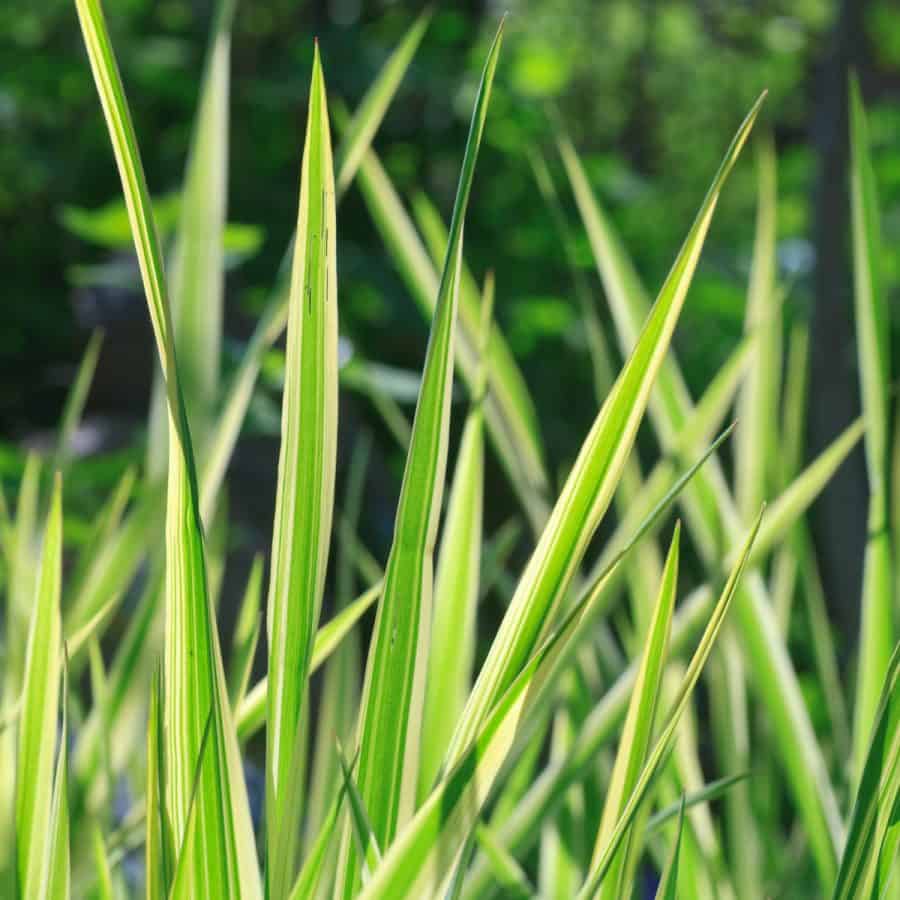
Evergreen perennials should also be left alone in the fall. These include hardy geraniums, moss phlox, epimediums, heucheras, and euphorbias.
It would be best if you didn’t cut back hardy perennials like garden mums, sunflowers, lavender, and Russian sage in the fall.
The foliage is essential to protect the root crowns in the winter.
Cutting them back stimulates late new growth, which makes them susceptible to dying in the winter months.
It can also depend on where you live. Gardeners in cold climates may benefit from leaving their leaf litter standing to protect the root systems. It’s always best to check the guidelines for your region and plant.
Are you feeling creative? On a rainy day, you may love our coloring pages of flowers and indoor and outdoor plants.
General Garden Care For The Autumn Season
The fall season is an important time to take care of your perennial garden to ensure its health and longevity.
Here are some things you can do in the fall to care for your perennials:
Clean up garden debris and dead foliage
Any diseased or bug-infested plant material needs to be removed.
Debris from peonies with powdery mildew, leaf-spotted delphiniums, and other fungal-infected flowers should be removed from your perennial garden.
As long as the plant material being cut back is disease-free, add it to your compost pile! Try to shred it beforehand to speed up the process.
Don’t fertilize perennials
Fertilizing in the fall encourages new growth. This new growth will just get killed when cold weather hits.
Compost is a “conditioner” and not fertilizer so you can add it in the fall.
Weed before the freeze

Before the ground freezes, do one final weeding. The more you get rid of now, the fewer you’ll have to deal with in the spring.
This isn’t necessary, but your future self will thank you!
Add mulch In The Fall
For newly planted perennials, add some mulch around them for their first winter.
This will help protect the plant’s roots from the harsh winter temperatures and prevent weeds from sprouting in the spring.
Divide plants
Fall is also a great time to divide and transplant any overcrowded perennials.
This will help rejuvenate the plant and promote healthy growth in the spring.
Just dig up the plant, separate it into smaller sections, and replant the entire plant in a new location. This also helps fill in bed space for the next year.
Frequently Asked Questions About Fall Perennial Care
What is a hard frost?
A hard frost is one of the earliest signs of fall. To qualify as a “hard frost,” there have to be four or more hours of below-freezing temperatures.
It’s challenging to forecast when the last hard frost will be, but just keep an eye on the weather forecast.
Which tools do you need to cut back your perennials?
A few tools can make cutting back perennials a breeze:
- Trusty garden pruners
- A serrated gardening knife
- Spray bottle with rubbing alcohol (some gardeners prefer to sterilize their pruners between clips to prevent the spread of disease and fungal infections)
- Bucket or tarp to put all your clippings!
Conclusion
In conclusion, caring for perennials in the fall is essential to ensure their healthy growth and survival in the upcoming season.
Cut back any dead foliage, remove weeds, and add mulch to protect the roots from freezing temperatures.
Fall is also a perfect time to divide and transplant any overgrown perennials to improve their overall health and vigor.
By following these simple tips, gardeners can ensure that their perennials thrive and continue to bring beauty and joy to their outdoor spaces year after year.
While you’ve got fall on your mind, you may want to check out our article on choosing which trees to plant for having the best fall color.
Don’t forget to Pin it for later!
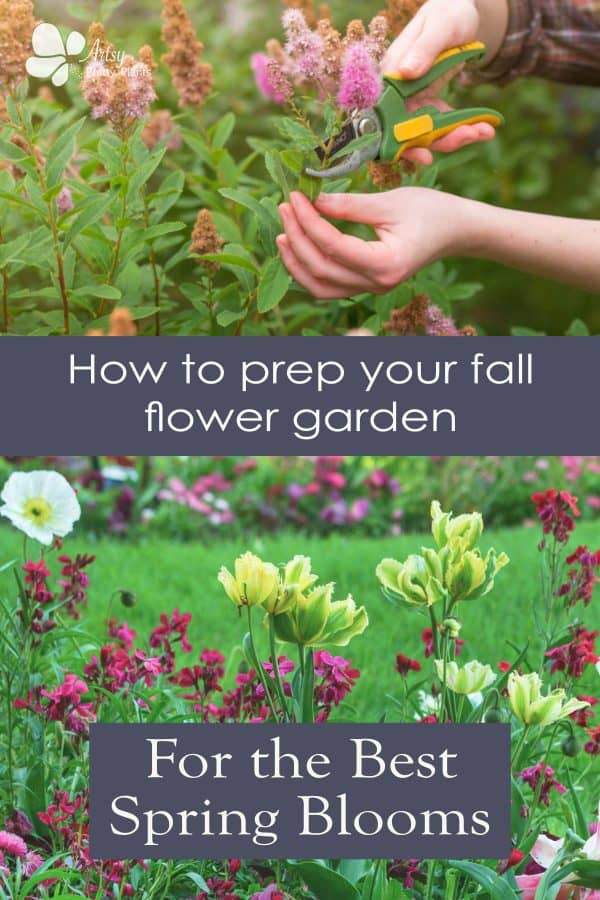
Don’t forget to Pin it for later!


